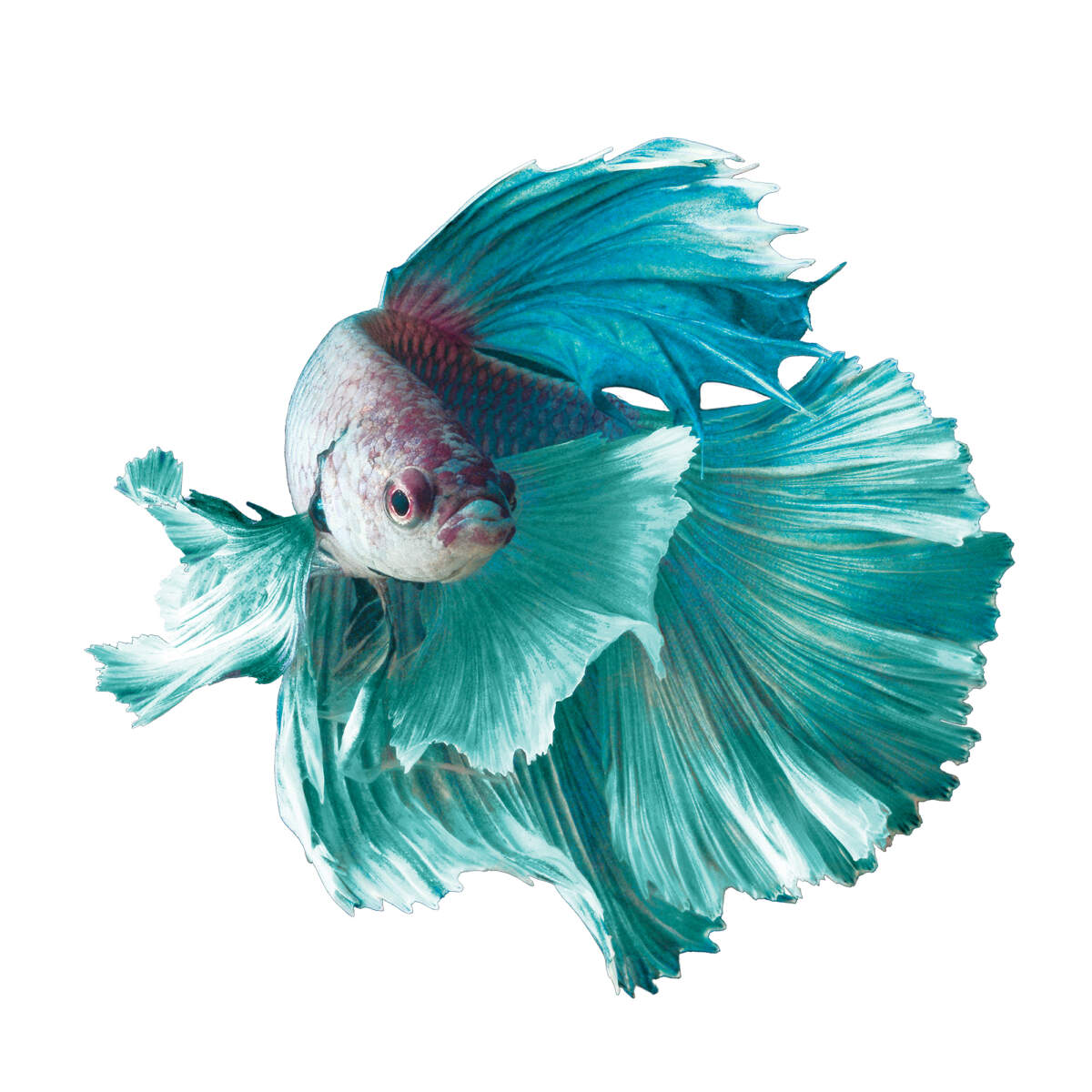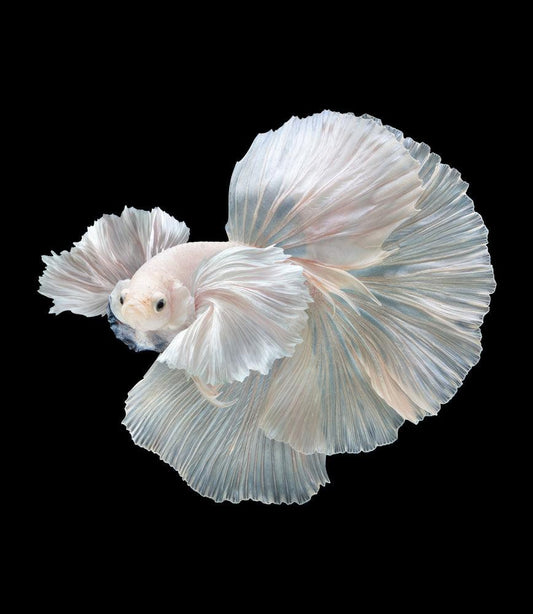Exactly How to Reproduce Betta Fish Effectively: Expert Strategies and Insights for Hobbyists Wanting To Expand Their Betta Collection
Breeding Betta fish calls for a nuanced understanding of genetics and environmental problems, making it essential for hobbyists to come close to the process with both diligence and care. Developing an optimal breeding setting, selecting the best pairs, and observing the details of their courtship behaviors are foundational actions that can significantly impact the end result.
Understanding Betta Fish Genetics
Recognizing the genetics of Betta fish is essential for effective breeding, as it influences characteristics such as color, fin shape, and behavior. Betta fish exhibit a diverse range of colors and patterns, mostly identified by their genetic makeup. The primary genes responsible for pigmentation include the "B" gene for blue, "D" gene for red, and the "C" gene for color strength. Dog breeders can adjust these qualities by picking certain moms and dad fish that display desired qualities.
Along with coloration, fin morphology is an additional considerable element of Betta genetics (betta fish). The form and dimension of fins are affected by different genes, including those that determine whether the fins are short, long, or veil-shaped. Understanding these hereditary variations aids dog breeders forecast the phenotypic results of their spawn
In addition, behavior characteristics such as aggression and territoriality can likewise be influenced by genes. These habits play a vital duty in the breeding procedure, as they can impact generating success and the general temperament of the resulting fry. By adequately comprehending these hereditary concepts, breeders can make educated decisions, eventually enhancing their reproduction programs and achieving preferable results.
Preparing the Breeding Setting
Developing an optimal reproduction environment is essential for the successful recreation of Betta fish. The first step in preparing this atmosphere is to select a proper reproduction tank, preferably ranging from 5 to 10 gallons.
Following, think about the usage of a sponge filter or an air stone to give gentle water flow without creating strong currents that can stress the fish. It is necessary to mount plants or breeding cones to offer concealing places and promote convenience for the woman throughout the spawning procedure. Floating plants, such as Java moss or water sprite, can likewise develop a more natural atmosphere while helping with bubble nest structure by the male.
Before presenting the reproducing pairs, ensure the water is conditioned and cost-free from damaging chemicals, such as chlorine or heavy metals. betta fish. Normal water modifications need to be performed to preserve optimum water high quality, improving the chances of successful breeding. With these prep work in area, the reproducing atmosphere will sustain the wellness and wellness of both Betta fish
Picking Breeding Pairs
Choosing the ideal reproduction sets is crucial for accomplishing successful Betta fish reproduction. When selecting your breeding sets, think about several vital aspects including health and wellness, personality, and genes. Healthy Betta fish exhibit dynamic shades, clear eyes, and energetic actions. Selecting fish that are free from illness makes certain a far better possibility of producing practical offspring.
Temperament is another vital consideration, as Betta fish are known for their hostile nature. It is advisable to pick a man and woman that display compatible temperaments to minimize stress and anxiety throughout the reproducing process. A calm male can encourage a smoother courtship, while a woman that is also hostile might disrupt the procedure.
Hereditary background also plays a considerable role in the top quality of the offspring. Reproducing fish that are genetically diverse can minimize the danger of hereditary wellness problems and improve the general vitality of the fry. It is helpful to research the family tree of both the male and woman, focusing on preferable attributes such as fin kind, color scheme, and size.
The Reproduction Refine
The reproduction process of Betta fish needs careful planning and interest to detail to make certain an effective end result. It is important to prepare an ideal reproduction tank, ideally a 5-10 gallon fish tank with a temperature kept at 78-80 ° F. The container ought to be furnished with a heater, filter (ideally sponge type you could try here to stay clear of solid currents), and lots of water plants for the woman to hide.
As soon as the environment is set, introduce the picked reproducing pair to the tank, allowing them to adapt. Observe their actions; the man will certainly display sophisticated courtship rituals, consisting of flaring his fins and building a bubble nest. If the lady shows interest, she will present upright red stripes suggesting preparedness for spawning.
When the female is receptive, the pair will certainly take part in a breeding embrace, during which the male feeds the eggs. It is critical to monitor their interactions closely, as the male may become aggressive. After spawning, remove the female to stop potential injury. The man will certainly have a tendency to the eggs, this page which generally hatch out within 24-36 hours. Preserving this hyperlink ideal water problems throughout this duration is crucial for the growth of healthy Betta fry.
Taking Care Of Betta Fry

Feeding Betta fry is vital, as they call for a diet high in protein. They can be fed infusoria or fluid fry food, transitioning to carefully smashed high-quality pellets as they expand. Feed little sections numerous times a day to motivate healthy and balanced development without overwhelming the tank with leftover food.

As they grow, monitor their development very closely and divide any hostile people to avoid damage. By giving a supporting environment and proper nourishment, enthusiasts can successfully elevate Betta fry right into dynamic, healthy and balanced fish, ultimately improving their breeding ventures.
Conclusion
Effective Betta fish reproduction needs thorough attention to genetic choice, environmental conditions, and care for the fry. By comprehending the genes of Betta fish and preparing a proper breeding atmosphere, hobbyists can enhance the possibilities of producing dynamic, healthy and balanced children.